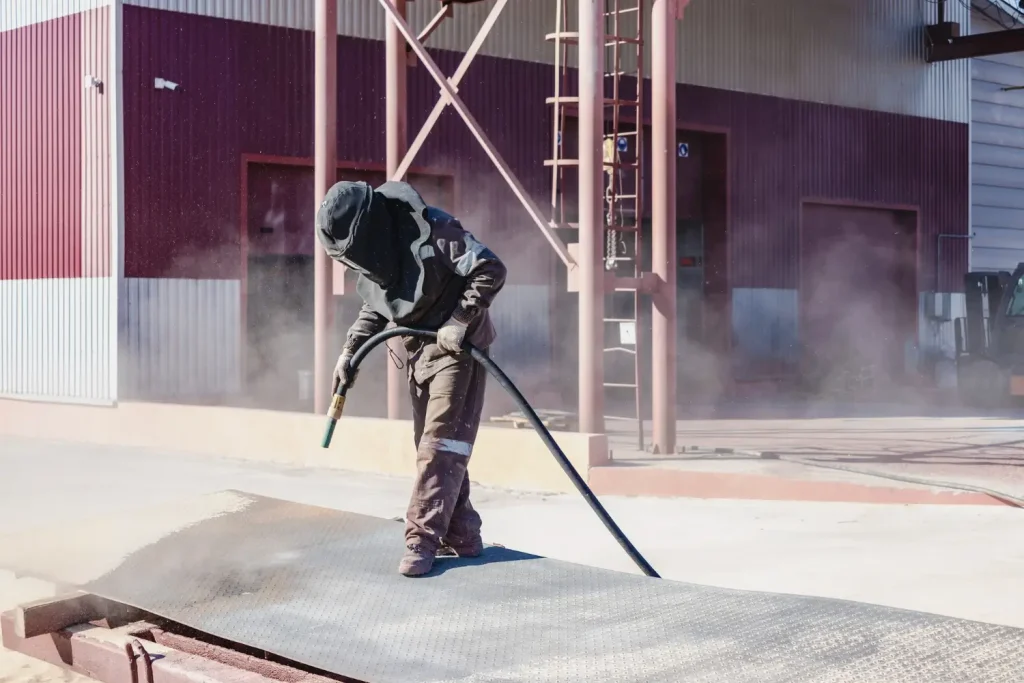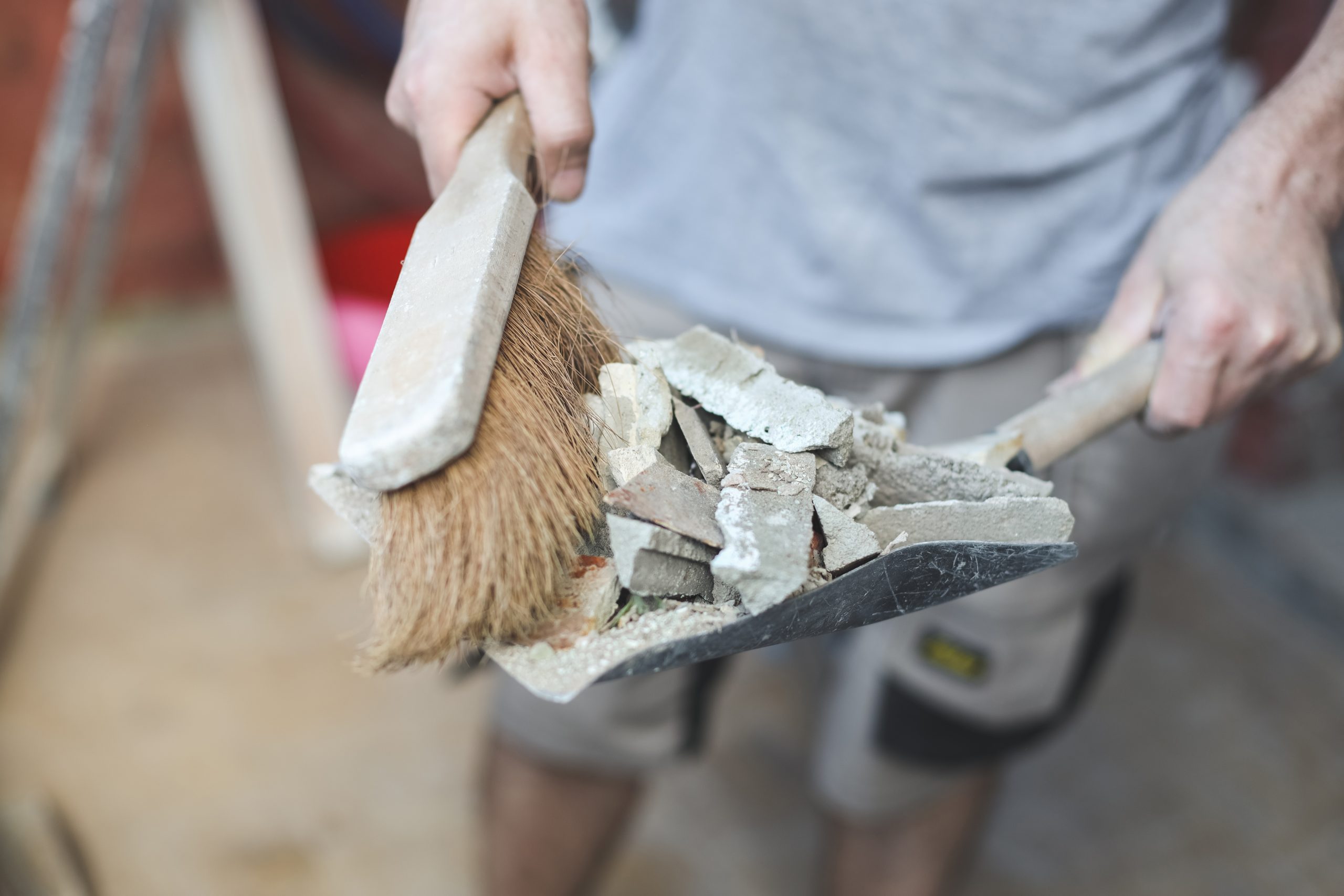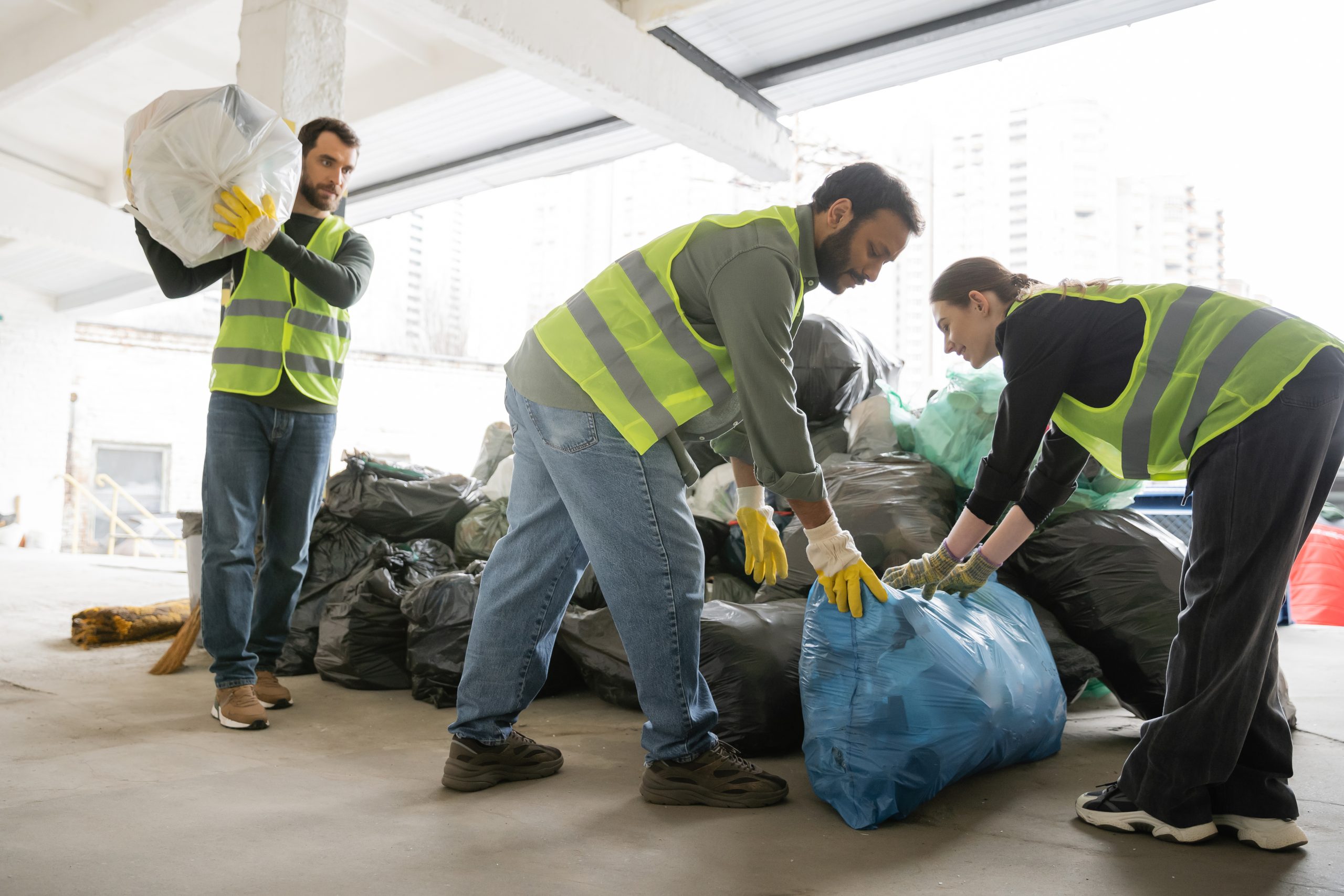Construction Areas Are Synonymous With Vitality, Progress, And Modification. However, A Significant Environmental Concern Lies Amid The Hustle And Bustle Of These Sites That Is Dust. Maintaining a Healthy, Clean, And Efficient Environment During Construction Control And Preventing Dust Is Essential.
It Is Understood That Dust Is An Inevitable By-Product Of The Construction Process. Because It Is Equally Harmful To The Workers, Environment, Or Others Living Close By. It Is Important To Reduce And Control Its Impact By Implementing Safety Measures. All Types And Sizes Of Construction Sites Face Several Dust Control Challenges. Uncovered Dirt Roads Are An Obvious And Main Contributor To Dust.
A Proper Plan for Controlling Dust Will Improve Safety, Health, and Cleanliness on a Site
By Locking Air Ducts, Covering Types Of Furniture And Other Surfaces, And Cleaning Up Daily, You Can Prominently Reduce The Level Of Dust. You Can Thus Create A Pleasant Working Atmosphere. Construction Sites Generate Dust In 10-15 Tons Per Acre On Average. Being The Ubiquitous Danger Of Construction, Dust May Seem A Little Inconvenient But Its Effects Are Far-Reaching.
This Problem Of Dust Goes Beyond Minor Discomfort, As It Can Cause Eye Irritation, Breathing Problems, And Even Cancer. Furthermore, Excessive Dust Can Hinder Construction Progress Resulting In Project Delays.
Understanding The Dust Sources
Construction Areas Are Dynamic Environments Where Numerous Activities Contribute To Dust Generation:
- Excavation And Earthwork: During The Digging Up And Grading Process, The Movement Of Rocks, Soil, And Waste Can Release Substantial Amounts Of Dust Into The Atmosphere
- Demoliation And Smashing: Fine Dust Particles Are Generated By Breaking Down Structures, Concrete, Or Materials Like Bricks Into The Air.
- Material Handling: Shipping And Handling Of Materials Like Cement. Sand And Aggregates Mostly Resulting In Dust Emissions.
- Cutting And Grinding: Fine Dust Is Produced By Using Many Tools Like Saws, Drills, And Grinders, Which Are Used To Give Shape To Metal, Concrete, Or Wood. Undoubtedly, All This Equipment Produces High Dust Into The Air Quickly.
- Property Damage: Vehicles And Nearby Buildings Are Damaged By Dust, Especially If It Has Abrasive Materials.
- Environmental Damage: By Contaminating Soil And Water Sources And Destroying The Whole Ecosystem, Dust Pollution Harms The Air.
- Weather Conditions: Heavy Wind Or Storm Causes Dust To Spread Around The Construction Site.
- Vehicle Traffic: Especially On Unpaved Roads, The Movement Of Heavy Traffic On Construction Sites Can Also Generate Dust.
It Is Necessary To Implement Numerous Dust Prevention Strategies To Keep Construction Dust At Bay. Construction Sites Can Maintain A Healthy And Clean Atmosphere By Addressing The Issue Actively.
Contain Your Space: To Minimize The Construction, Dust Is Necessary To Contain The Work Area, Which Is The Easiest And Simplest Way. This Can Be Easily Done By Using Sheets Of Plastic And Temporary Walls To Segregate The Construction Zone From Other Spaces. You Can Prevent And Control Dust Spreading To Other Parts Of The Building, Isolating The Working Area.
Seal Off Pipes With Dust Barriers: During The Construction Process, Dust Is Spread Throughout An Area By Air Passages.
Cover Your Furniture And Surfaces: It’s Crucial To Keep Your Furniture And Other Surfaces Covered With Protective Layers To Prevent And Control Dust From Settling On Your Items. Make Sure That All Your Surfaces Are Completely Protected From Dust Exposure By Using Plastic Sheets.
Daily Clean Up At The End: To Prevent Dust Accumulation On Construction Sites, Cleaning Daily Is The Only Key. During Construction Activities, Make Sure To Sweep, Mop, Or Vacuum The Working Area To Remove Dust That May Have Settled During The Process.
Go For Installing Automatic Dust Suppression Systems As It Offers Numerous Benefits. It Includes;
Reduced Labor Costs, Increased Efficiency, A Caring Environment, And Improved Safety And Health.
Risks Linked With Construction Dust
The Dust Generated In Construction Areas Is Not Just An Inconvenience; It Poses Numerous Risks:
Health Hazards: Dust Particles Contain Asbestos, Silica, Or Many Other Harmful Substances Which Can Lead To Respiratory Issues And Allergies On Inhaling.
Environmental Impact: If Not Managed Properly, Dust Pollution Can Adversely Affect Air Quality And Water Bodies.
Safety Concerns: Excessive Dust Can Lead To Accidents And Injuries By Reducing Visibility.
In This Situation, To Stop The Dust From Getting Into The Air Is The Most Important Action. There Are Two O Main Ways Of Doing This:
Water: Water Dampens Down The Clouds Of Dust. However, It Only Needs To Be Used Perfectly.
On-Tool Extraction: All The Way, It Removes Dust As It Is Being Produced. It’s A Type Of Exhaust Ventilation System That Is Directly Fixed Onto The Tool.
Effective Strategies For Controlling And Preventing Dust
To Reduce The Adverse Effects Of Construction Dust Is Critical. Some Effective Strategies Are Given Below:
Management And Site Planning:
Surveys Before Construction: Always Conduct Surveys To Observe Nearby Sensitive Places Such As Schools, Residential Areas, And Hospitals To Plan Accordingly Reducing Strategies.
Barriers And Windbreaks: Make Sure To Loosen The Spread Of Dust To Surroundings By Installing Fences, Barriers, Or Windbreaks.
Traffic Control: Establish Selected Routes And Access Points To Reduce Track-Out Of Dust Onto Roads And Neighboring Areas.







